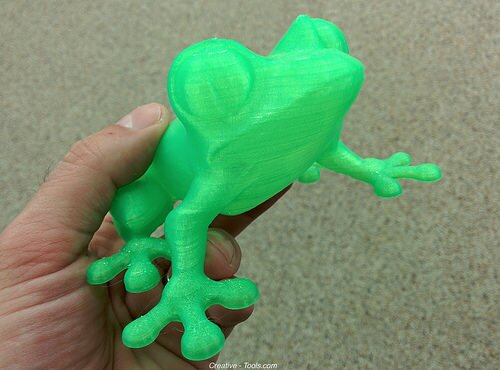Whether you’re watching Shark Tank or reading a crowdfunding campaign, the term “revolutionary” gets tossed around quite a bit. I like Peter Drucker’s definition of revolutionary: the true revolution is when technology or processes from a totally different sector overturn a market, such as genetics upending medicine or the internet altering everything from social interactions to looking up information.
There are four technologies often cited as certain to dramatically alter manufacturing: the Internet of Things, machine learning, artificial intelligence and 3D printing.
Cross-posted from the Institute of Industrial & Systems Engineers
Internet of Things
The Internet of Things is simply a level up from the already high level of automation in many factories. In some regards, the IoT only extends the “factory” into the broader world, tracking items until they reach their end use and monitoring them when they return for rework.
Perhaps the greatest impact of the Internet of Things and masses of data collected as a result of it will be what we and our creations can glean from it.
Machine Learning and AI
Machine learning and Artificial Intelligence go hand in hand; machine learning is how AI will advance and how we’ll train it for particular applications. Analyzing data from consumers could lead to improvements in product design, customer service and product delivery.
Optimization through data analysis becomes faster and more accurate as we develop both better data analysis tools and faster systems to run them. Conversely, we have to have faster computers and streamlined analysis simply to keep up with the firehose of data being generated today and the flood the IoT will generate tomorrow. This is where understanding the difference between information and knowledge is essential, and that is where industrial engineers will find their niche no matter how smart the AI is. Ignore the need for human input, and you’ll have an advanced AI generating its own equivalent of the Spurious Correlations website, spotting trends that humans know are irrelevant. That’s aside from recommending massive changes that aren’t worth the effort or simply aren’t practical.
AI will increasingly become a partner in the design process. I think evolutionary design processes with human oversight has strong potential. And the ability to model processes and products will improve as we gain more empirical data on how systems and parts actually behave in various situations.
3D Printing
3D printing remains a technology for small lots and unique items. Yes, 3D printers may be integrated into CNC machines. However, they are a long way from producing as many items as an injection molded machine or extruder, much less at a comparable per-unit price. Work to create 3D printed metal parts and printed products from other materials is ongoing, but it will be decades before it will replace mass-production lines for most items.
***
Check out Tamara Wilhite’s Amazon Author Page and see her on Hubpages.
Photo by Creative Tools 



Comments
Leave a Reply